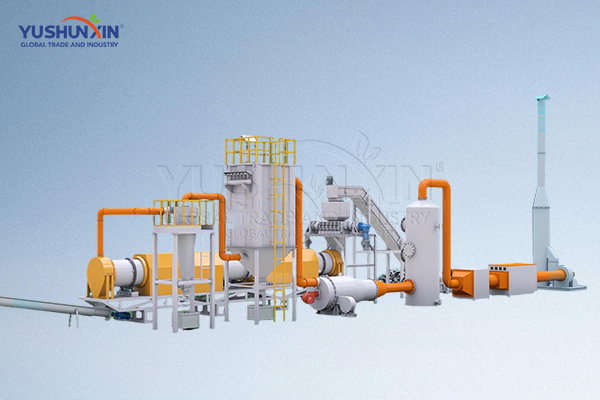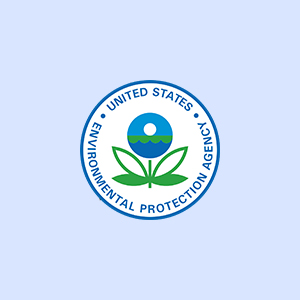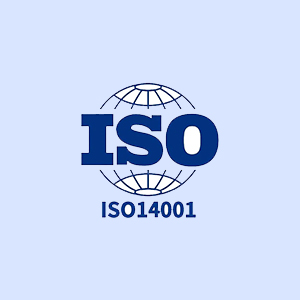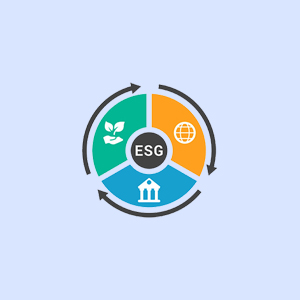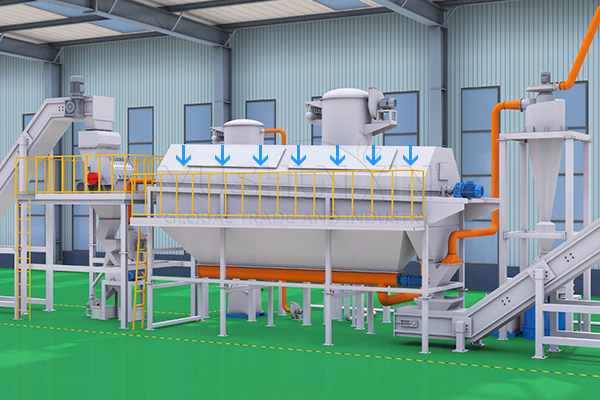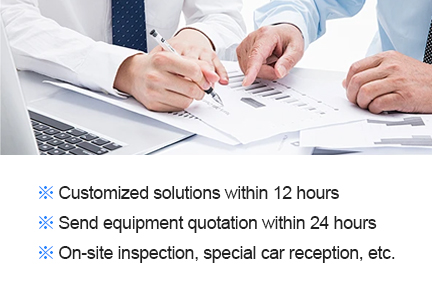If dust and VOC emissions are not controlled, you increase the risk of water and soil contamination. Heavy metals can remain in the environment for decades, making cleanup extremely costly. Workers exposed to fine particles or harmful vapors may suffer long-term health issues, leading to higher medical costs and potential compensation claims. Communities near your plant may also file complaints if odors or visible dust escape into the surrounding area. These problems can escalate quickly, damaging your brand and reducing trust from both clients and regulators.

- Heim
- Um
- Kontakt
- Produkte
- LFP-Batterierecyclinganlage
- Recyclinglinie für Elektrofahrzeugbatterien
- Entsorgungslinie für Lithiumbatterien für Mobiltelefone
- Lithiumbatterie-Recyclingmaschine
- 500KG/H Lithiumbatterie-Recyclinganlage zu verkaufen
- 1000KG/H Lithiumbatterie-Entsorgungsprojekt
- Kosten für Lithiumbatterie-Recyclingmaschinen
- Lithium-Batterie-Entlademaschine
- Lithium-Batterie-Recycling-Schreddermaschine
- Screening-Ausrüstung für das Recycling von Lithiumbatterien
- Lithiumbatterie-Recycling-Staubsammelsystem
- Lösung
- Technologie
- Entsorgungslinie für mechanische Lithiumbatterien
- Pyrolyse-Entsorgungsprozess für Lithiumbatterien
- Hydrometallurgische Lithiumbatterie-Recyclinganlage
- Recyclinglösungen für ausgediente Lithiumbatterie-Separatormaterialien
- Rückgewinnung und Wiederverwendung von Graphit- und Kupferfolie bei der Entsorgung von Lithiumbatterien
- Schwarzmassentrennungsprozess bei der Entsorgung von Lithiumbatterien
- Umweltfreundliche Lösung zur Kontrolle der Umweltverschmutzung beim Recycling von Lithiumbatterien
- Fälle&Nachricht
- So entsorgen Sie Lithiumbatterien in Indien
- 1000Entsorgung von KG/H-Lithiumbatterien in Japan
- So richten Sie eine 500 kg/h LFP-Batterierecyclinganlage in Singapur ein
- $300,000 Kosten für den Bau einer Entsorgungsanlage für Mobiltelefon-Lithiumbatterien in Großbritannien
- Wie viel kostet das Recycling von Elektrofahrzeugbatterien in Australien?
- Spitze 4 Erkundigt sich nach dem Recycling von Lithiumbatterien in Singapur
- Gründung einer mechanischen Recyclingfabrik für Lithium-Ionen-Batterien für schnelle Kapitalrendite
- Wachstum der Investitionen in Lithiumbatterie-Entsorgungsfabriken in Algerien 2025
- FAQ
Holen Sie sich eine Lösung


